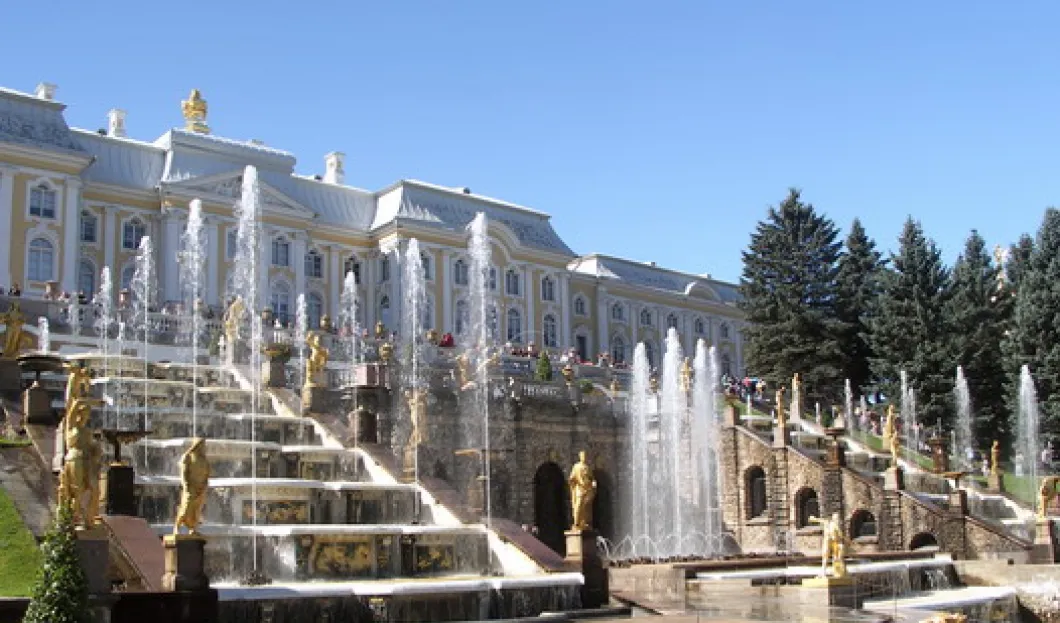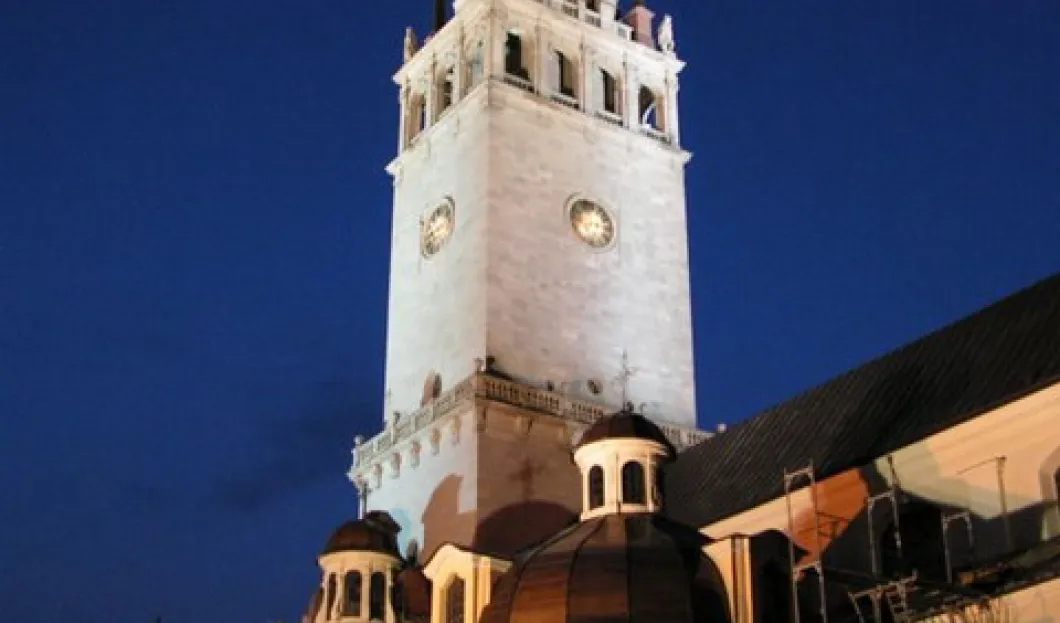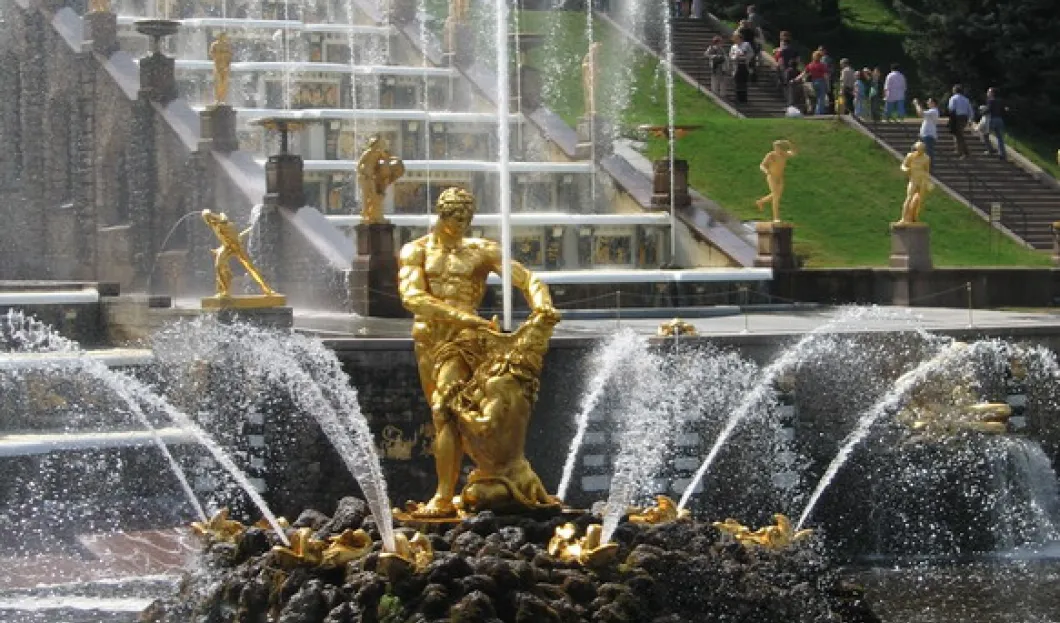Bulgaria
2,675,000 visitors
Vitosha is a mountain massif, on the outskirts of Sofia and it is one of the tourists symbols of the capital and the closest site for hiking, alpinism and skiing. Convenient bus lines and rope ways render the mountain and the national park easily accessible. The territory of the mountain includes Vitosha national park, the oldest national park in the Balkans, that encompasses the best known and most frequently visited parts. Due to a great variability in elevation, a rich diversity of climates, flora and fauna can be found within the park. Research has revealed that on the comparatively small area of the mountain there are 1,500 species of higher plants, 500 species of fungi, 500 species of algae, 326 species of mosses, and 200 species of lichens. Among them 31 species are Balkan endemics and 52 species are included in the Red Book of Bulgaria.














SO really this should be called top ten attractions in Russia plus a few others that I once visited....
lame list.
Eastern Europe is not only Russia, Bulgaria and Czech Rep.!
There are hundreds of such TOP attractions in other countries of Eastern Europe.
Cool down guys. The ranking is according to the number of visitors. Of course there are hundreds of interesting attractions in CEE but the statistics are clear. The more visitors, the more popular the site is. That's the logic.
Ohrid is one of the top destinations in Eastern Europe. It is a UNESCO World heritage Site for both nature (Lake Ohrid & adjacent mountains) and culture (monasteries, cave churches, icons...), and it is walkable place with friendly people. There is no place in the world like Ohrid!